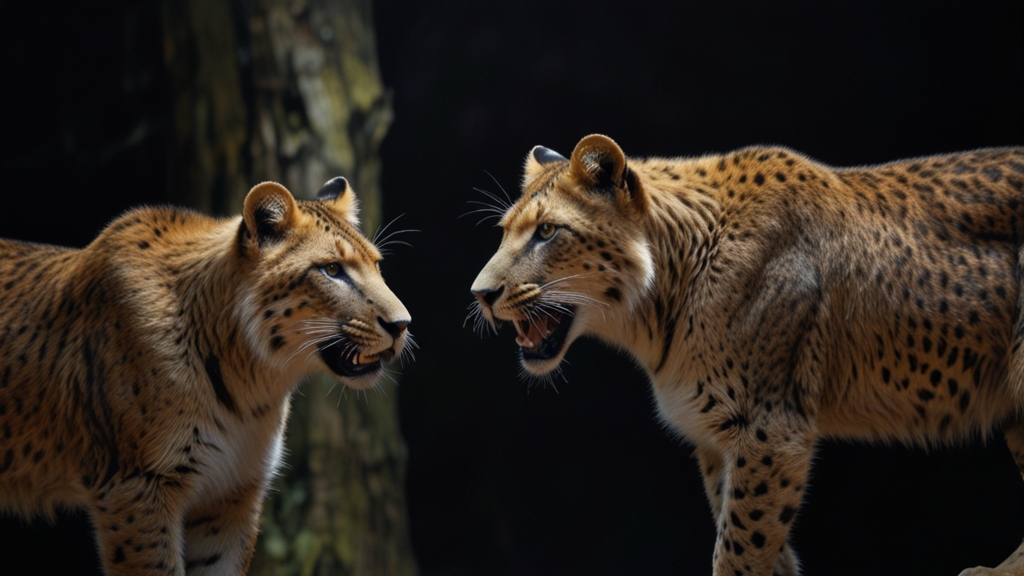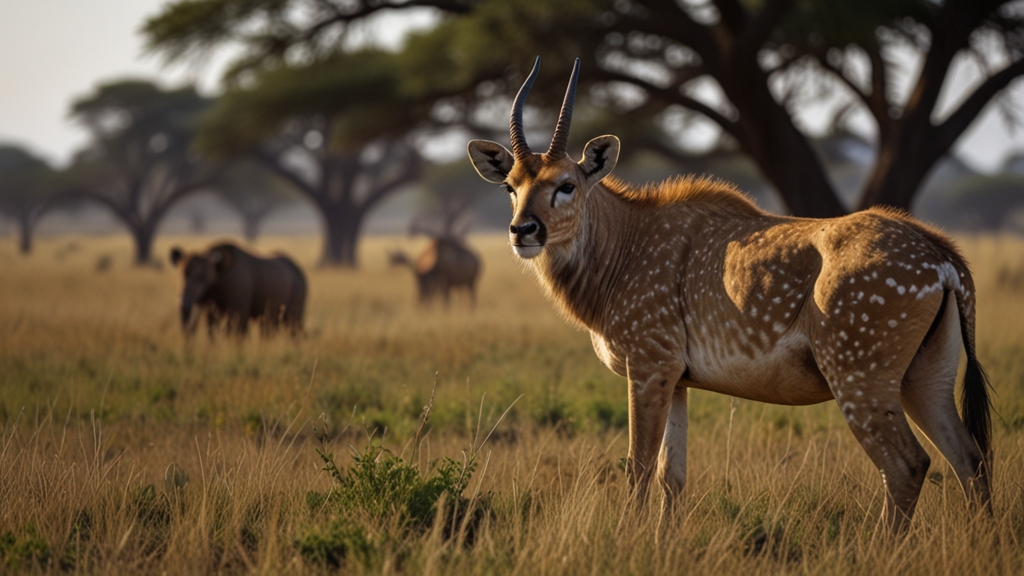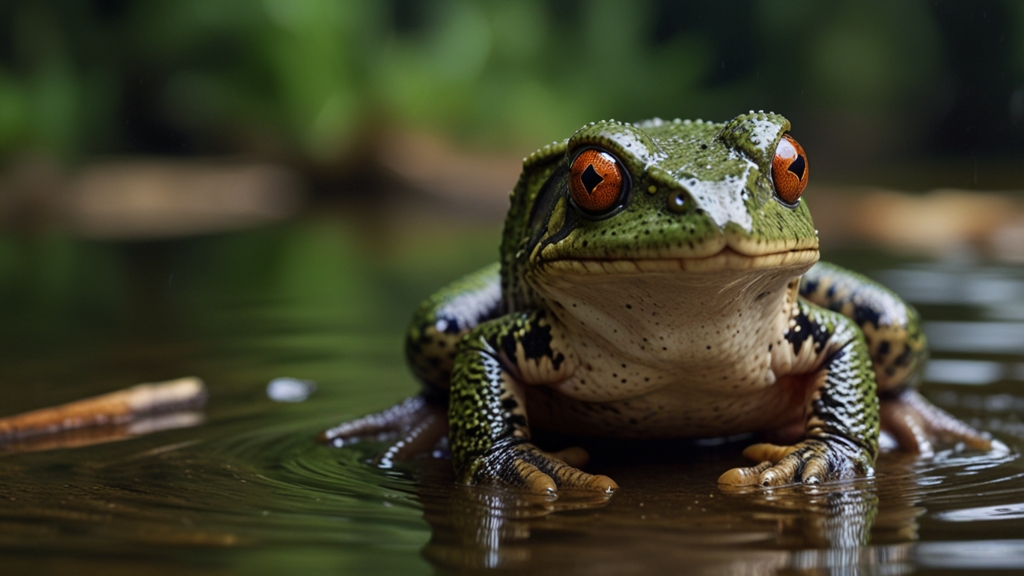Mammals Unleashed: Exploring the Hidden Lives of Nature's Champions
From the vast African savannas to the sprawling rainforests of South America, mammals represent some of the most intriguing and diverse creatures on our planet. Yet for all their visibility and familiarity, there remains a world of mystery and wonder hidden within their daily lives. Dive with us into this fascinating exploration as we uncover the secrets of nature's champions.
The Masters of Adaptation
Mammals thrive in a variety of environments, thanks to their remarkable abilities to adapt. Take, for example, the Arctic fox. This small, resilient animal has developed a thick, insulating fur that changes color with the seasons—white in winter to blend with snow, and brown in summer to match the earth and rocks. Such adaptations not only ensure survival but also play a crucial role in the intricate ecosystems they inhabit.
Similarly, consider the kangaroo, a consummate traveler of Australia’s arid landscapes. Kangaroos have mastered the art of efficient movement with their powerful hind legs, allowing them to cover large distances in search of sparse food and water resources. These mammals showcase how evolutionary traits fine-tuned over millennia can forge life even in the planet’s harshest climates.
Social Structures and Behaviors
One of the most remarkable aspects of mammalian life is their complex social structures and behaviors. Elephant herds, for instance, are often led by a matriarch, who imparts crucial survival skills and knowledge to the younger members. These familial groups exhibit immense emotional depth, forming bonds that last a lifetime. Observations have shown elephants engaging in rituals of mourning, displaying a level of empathy previously thought to be uniquely human.
“The greatness of a nation and its moral progress can be judged by the way its animals are treated.”—Mahatma Gandhi
Primates, our closest relatives in the animal kingdom, showcase an even broader array of intricate social behaviors. Chimpanzees use tools fashioned from sticks to fish for termites, demonstrating not only their problem-solving abilities but also their cultural transmission of knowledge. Intriguingly, each group of chimpanzees has unique methods and traditions passed down through generations, suggesting a form of proto-culture in these mammals.
The Stealthy Predators
Not all mammals live in tight-knit social groups; some are solitary hunters whose lives unfold largely in the shadows. Consider the elusive snow leopard, which roams the high mountains of Central Asia. These ghost-like predators exhibit extraordinary agility and strength, capable of taking down prey three times their size. Their solitary nature doesn't lessen their impact on the ecosystem; rather, it highlights their role as apex predators, crucial for maintaining the balance of their habitat.
“An animal's eyes have the power to speak a great language.”—Martin Buber
Then there are the nocturnal prowlers like the big cats—jaguars, leopards, and tigers—who traverse dense forests and grasslands under the cover of darkness. Their exceptional night vision and strategic hunting tactics make them some of the most effective predators on Earth. These mammals teach us about the delicate balance of predator-prey relationships that sustain the ecosystems they inhabit.
Guardians of Biodiversity
The role of mammals extends beyond their individual ecosystems; they are vital to the overall health and biodiversity of our planet. Bats, for instance, act as pollinators and seed dispersers, playing an essential role in the regeneration of tropical forests. Likewise, beavers are nature’s engineers, creating wetlands that serve as habitats for myriad aquatic and terrestrial species.
The protection and conservation of these mammal species are imperative for maintaining ecological balance. As human activities increasingly encroach upon natural habitats, understanding and preserving the hidden lives of these mammals becomes ever more critical. Their survival and prosperity are intrinsically linked to our own well-being.
“In the end, we will conserve only what we love; we will love only what we understand, and we will understand only what we are taught.”—Baba Dioum
In exploring the secretive and often overlooked lives of mammals, we gain a deeper appreciation for their roles as nature's champions. Their stories, woven into the fabric of ecosystems worldwide, offer invaluable insights into the resilience, adaptability, and intricate beauty of life on Earth. By embracing this knowledge, we take a significant step toward a future where both humans and mammals can thrive together.












